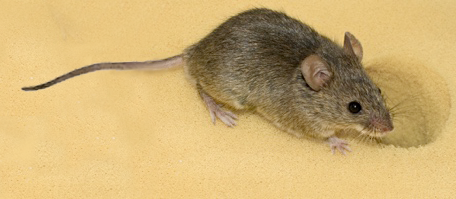Analysis of CVC1302-Mediated Enhancement of Monocyte Recruitment in Inducing Immune Responses.
Abstract
Monocytes (Mos) are believed to play important roles during the generation of immune response. In our previous study, CVC1302, a complex of PRRs agonists, was demonstrated to recruit Mo into lymph nodes (LNs) in order to present antigen and secret chemokines (CXCL9 and CXCL10), which attracted antigen-specific CD4+ T cells. As it is known that Mos in mice are divided into two main Mo subsets (Ly6C+ Mo and Ly6C- Mo), we aimed to clarify the CVC1302-recruiting Mo subset and functions in the establishment of immunity. In this study, we found that CVC1302 attracted both Ly6C+ Mo and Ly6C- Mo into draining LNs, which infiltrated from different origins, injection muscles and high endothelial venule (HEV), respectively. We also found that the numbers of OVA+ Ly6C+ Mo in the draining LNs were significantly higher compared with OVA+ Ly6C- Mo. However, the levels of CXCL9 and CXCL10 produced by Ly6C- Mo were significantly higher than Ly6C+ Mo, which plays important roles in attracting antigen-specific CD4+ T cells. Under the analysis of their functions in initiating immune responses, we found that the ability of the Ly6C+ monocyte was mainly capturing and presenting antigens, otherwise; the ability of the Ly6C- monocyte was mainly secreting CXCL9 and CXCL10, which attracted antigen-specific CD4+ T cells through CXCR3. These results will provide new insights into the development of new immunopotentiators and vaccines.
| Authors: | Lu H, Yu X, Hou L, Zhang Y, Li L, Qiao X, Cheng H, Du L, Chen J, Zheng Q, Hou J, |
|---|---|
| Journal: | Vaccines (Basel);2024Jan15; 12 (1) . doi:10.3390/vaccines12010086 |
| Year: | 2024 |
| PubMed: | PMID: 38250899 (Go to PubMed) |


